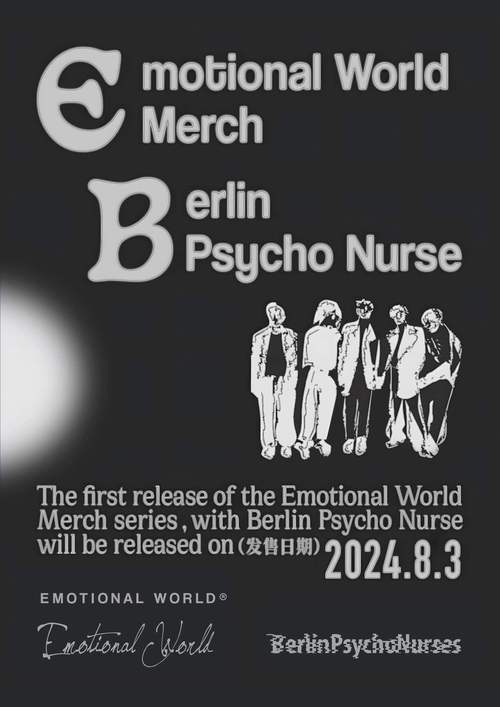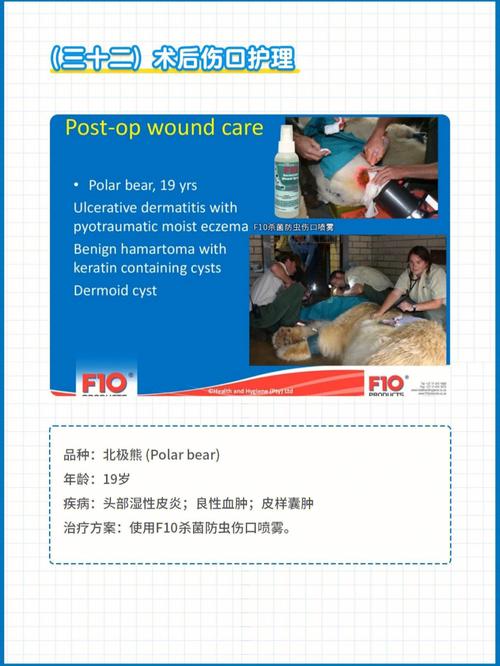
Circumcision Post-Op Care: A Comprehensive Guide
Undergoing a circumcision can be a significant event in a person’s life, whether it’s for medical, religious, or personal reasons. Post-operative care is crucial to ensure a smooth recovery and minimize complications. In this detailed guide, we will walk you through the essential steps and considerations for post-op circumcision care.
Understanding the Circumcision Procedure
Before diving into post-op care, it’s important to have a basic understanding of the circumcision procedure itself. Circumcision is the surgical removal of the foreskin, the skin covering the glans (head) of the penis. This procedure is typically performed on newborns, infants, or adults, and can be done for various reasons, including hygiene, religious customs, or medical conditions such as phimosis (inability to retract the foreskin) or paraphimosis (foreskin stuck behind the glans).

Immediate Post-Op Care
After the circumcision, you will be taken to a recovery area where medical staff will monitor you for any immediate complications. Here are some key points to keep in mind during the first few hours post-op:
-
Stay calm and relaxed. Anxiety can increase pain and slow down the healing process.
-
Follow any specific instructions given by your healthcare provider, such as keeping the circumcision area clean and dry.
-
Apply ice packs to reduce swelling and pain. Place a clean cloth between the ice pack and your skin to prevent frostbite.

-
Take pain medication as prescribed by your doctor. Over-the-counter pain relievers like ibuprofen or acetaminophen can also be effective.
-
Stay hydrated and eat a balanced diet to support your body’s healing process.
Post-Op Care at Home
Once you return home, it’s important to continue following proper care instructions to ensure a smooth recovery. Here are some key points to consider:
Cleaning the Circumcision Area
Keeping the circumcision area clean is crucial to prevent infection. Follow these steps:
-
Wash your hands thoroughly before touching the circumcision area.
-
Use a mild, unscented soap and water to gently clean the area. Avoid using harsh chemicals or alcohol-based solutions.
-
Pat the area dry with a clean, soft towel. Avoid rubbing or scratching the area.
-
Change the bandage or dressing as instructed by your healthcare provider. Keep the area covered to protect it from dirt and bacteria.
Managing Pain and Swelling
Pain and swelling are common after a circumcision. Here are some tips to help manage these symptoms:
-
Take pain medication as prescribed by your doctor. Over-the-counter pain relievers like ibuprofen or acetaminophen can also be effective.
-
Apply ice packs to the circumcision area for 10-15 minutes at a time, several times a day, to reduce swelling and pain.
-
Keep the circumcision area elevated when sitting or lying down to reduce swelling.
Activity and Hygiene
During the recovery period, it’s important to maintain good hygiene and avoid certain activities:
-
Avoid sexual activity until your healthcare provider gives you the okay.
-
Stay away from hot tubs, swimming pools, and other bodies of water until the circumcision area has fully healed.
-
Keep the circumcision area clean and dry to prevent infection.
When to Seek Medical Attention
While most people recover well from a circumcision, it’s important to know when to seek medical attention. Contact your healthcare provider if you experience any of the following symptoms:
-
Severe pain that does not respond to pain medication.
-
Significant swelling or redness that does not improve after a few days.
-
Discharge from the circumcision area that is foul-smelling or has a yellowish color.
-
Difficulty urinating or a burning sensation during urination.





